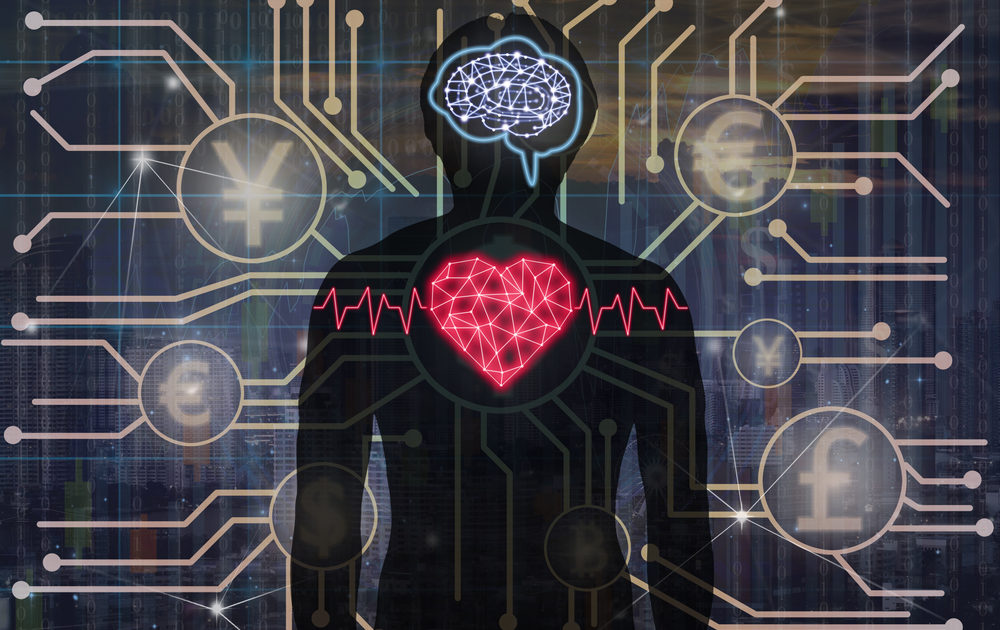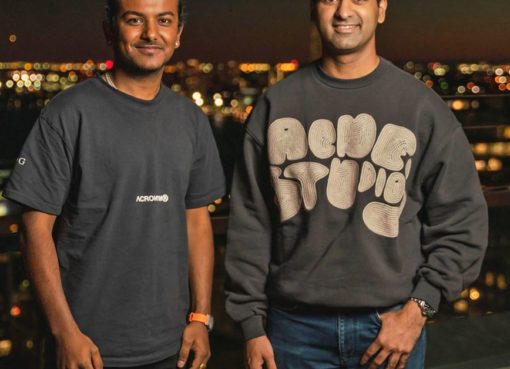By Masha Balanovich, External Communications Manager at Drofa Comms.
The fintech headlines blur into one another, speculating and predicting the future of blockchain and the crypto industry. In 2021, fintech was the leading sector for venture investment, with more than $130 billion going into startups worldwide. Alas, the global fintech funding in 2022 fell more than 40% year-over-year, with the figures tanking as the year progressed. And many do not miss the opportunity to mock crypto enthusiasts (Gen-Z “Cryptok” included) in anticipation of a new collapse story.
Jokes aside, I want to remind myself and others of why we are in this boat and what makes us work and believe in this industry by getting back to the bigger picture. While talking about blockchain, most people, including industry professionals, overlook other applications of this technology rather than crypto and financial services. But the collapse of FTX reminded us that the most valuable asset in the blockchain is not finance but technology at its core and how it applies to various areas of life.
Let’s rain check on talking about crypto and dive deep into three spheres I consider excellent examples of how blockchain can benefit society and successfully does so today.
Healthcare without Borders
Healthcare has been one of the best-performing industries for global VC funding since the COVID-19 burst. In fact, it ranks first in attracting venture investments in Q3 2022, ahead of fintech in second place.
And yet, many countries still struggle with providing secure data management for healthcare clients, meaning that patients and medical providers have an incomplete view of medical histories. It can easily result in accidental medical errors and, in the worst-case scenario, casualties.
Integrating blockchain-based solutions into the medical industry can revolutionise record-keeping and improve the performance, security, and transparency of sharing medical data.
For instance, Taipei Medical University Hospital and Digital Treasury Corporation (DTCO) released the Personal Health Records Operating System (phrOS) a few years ago to improve medical record keeping. phrOS encourages healthcare-related entities to jointly create ecosystem applications that already show outstanding advantages for insurance claims, security, and patients’ care. This way, global e-health initiatives will be able to secure health records while making health systems more efficient and responsive to patients’ needs and expectations.
Envision a future where your hometown physician can easily share medical records with a colleague in Italy where you went on vacation and got sick. Imagine you can control your personal data rather than letting tech companies harvest it for free and sell it to third parties for profit — this is the future of blockchain in healthcare.
Revolutionised Relationships with the Energy
Although blockchain’s carbon footprint and environmental impact can be of concern for many, recent Ethereum’s transition to the less energy-intensive proof-of-stake consensus can influence other companies to follow the lead.
Moreover, the latest studies have shown that blockchain solutions for the energy transition have high application potential as the ‘distributed driving brain’ of an energy community. This concept would revolutionise the energy sector and allow the system to be more intelligent, efficient, transparent, and secure in the long run.
As for the customers, energy trading ‘transactions’ can be recorded and settled almost instantly without an intermediary. And one day, we will enjoy casual P2P energy transactions between users of the decentralised electrical system to “share” residential generators and electric car charges. But let’s not get ahead of ourselves.
Transparency in Government Policies
There will be no harm in mentioning a few cases that illustrate the government, Big Brother, or how it can look with blockchain mainstream adoption.
For instance, Estonia has e-services in every sphere a citizen comes into contact with the state: e-Health Record, e-Prescription database, e-Law and e-Court systems, e-Police data, e-Banking, e-Business Register, and e-Land Registry.
KSI Blockchain, Estonia’s backbone technology, ensures data is free of compromise while retaining complete data privacy. And the backbone of democracy, i.e., the voting industry, can significantly win by following this example as we see internationally. Tsukuba became the first Japanese city to introduce blockchain digital voting in 2020. South Korea is actively investing millions of dollars in a blockchain voting system, and India is planning to implement a blockchain-based E-voting by the 2024 general elections.
Blockchain integration into voting allows citizens to cast their ballots from any computer anywhere in the world while providing unprecedented security measures and eliminating outdated voting methods such as printed ballots. It can also boost youth turnout.
In Estonia, 16- and 17-year-old citizens have been eligible to vote in local elections since 2017. And historically, no less than 36% — and sometimes nearly 64% — of young voters participate in the i-Voting system. For comparison, 27% of the USA’s citizens aged 18-29 cast a ballot in 2022, the second-highest youth voter turnout in nearly three decades. Thus, a blockchain-powered system can become a better way to encourage young voters, especially in times of legislators enacting a number of laws making it harder to vote.
Final Thoughts
These are only some of the successful applications of blockchain technology that the modern world knows. All the better, let more and more experts dilute the agenda, write about fascinating cases, and share achieved results.
I merely want to emphasise that crypto is neither an end nor a panacea. The goal of blockchain is decentralisation and transparency in all aspects of our everyday lives. It undoubtedly has the potential to fundamentally transform the way we operate as a society in the future. So let’s stick to it and invest in its healthy growth.




